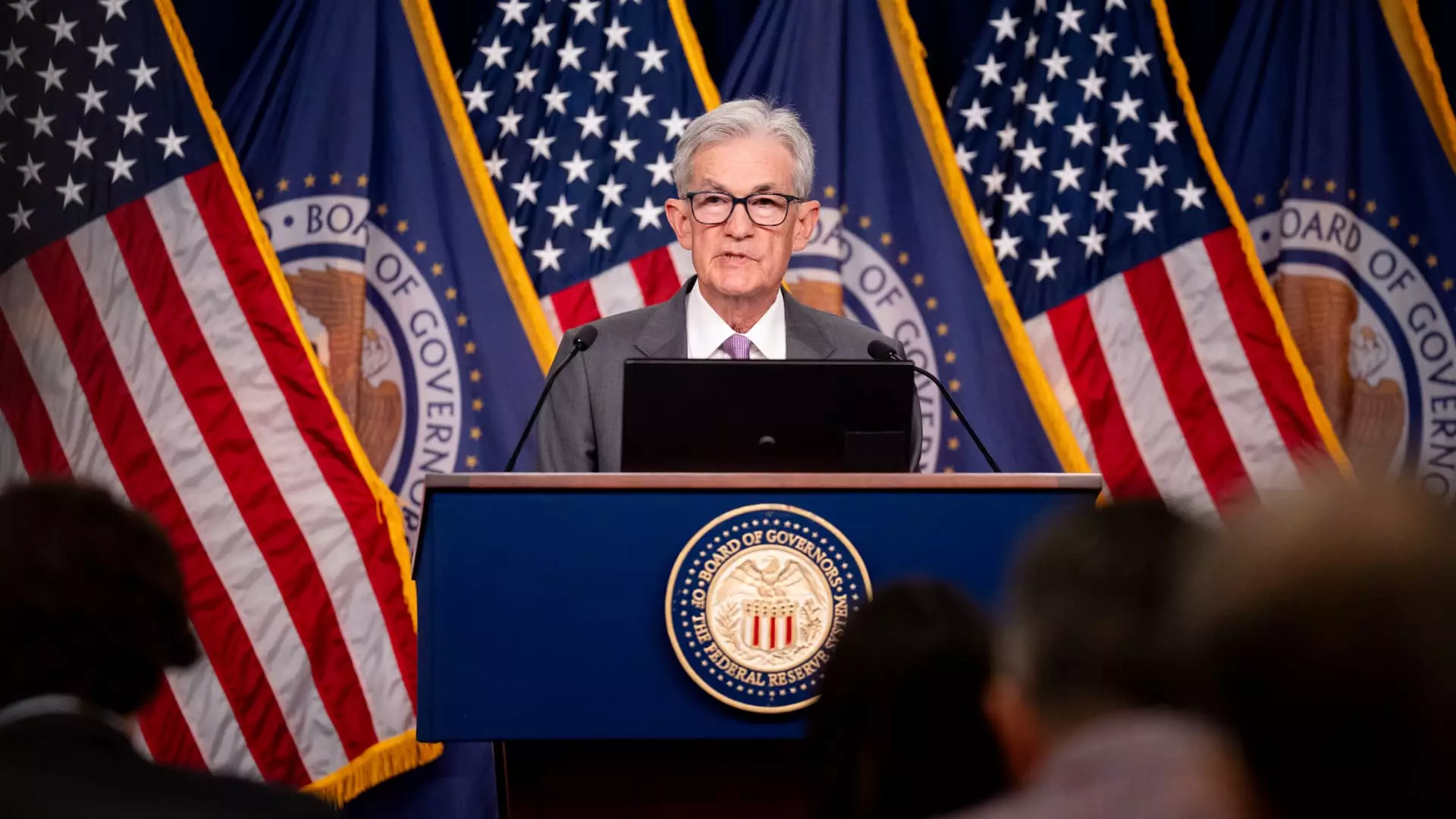As British fund manager abrdn predicts a potential soft landing for the U.S. economy, concerns about a prolonged economic slowdown in 2025 have been raised by Kenneth Akintewe, the head of Asian sovereign debt at the company. Akintewe’s questioning of whether the Federal Reserve is inadvertently making a policy mistake highlights the uncertainties surrounding the current economic situation. With economic data like non-farm payrolls being revised to reflect a weaker picture, there are valid concerns about the true state of the economy and the necessary policy responses.
Akintewe’s questioning of the Fed’s approach raises important issues about the effectiveness of current monetary policies. The delayed revisions in job creation numbers from April 2023 to March 2024 indicate a significant discrepancy between the reported data and the actual economic performance. This raises doubts about the Fed’s current course of action and whether adjustments are needed to address the underlying weaknesses in the economy.
One of the key points raised by Akintewe is the time lag between implementing policy changes and seeing their effects on the economy. With the potential need for significant easing measures, such as a 150 to 200 basis point adjustment, the process of transmitting these changes through the economy could take six to eight months. This delayed impact means that any decisions made by the Fed now may not show results until later in 2025, potentially leading to a mismatch between policy actions and economic conditions.
Akintewe also questions the market’s narrow focus on predicting the size of potential rate cuts, pointing out the discrepancy between the current policy rate and the level of inflation. With inflation hovering around 2.5%, the 5.5% policy rate raises concerns about the real policy rate in the current economic environment. The uncertainties and challenges facing the economy suggest that a reassessment of the policy rate may be necessary to better align with the prevailing conditions.
The recent data on personal consumption expenditures and inflation levels further complicates the Fed’s decision-making process. While the PCE price index showed a modest increase as expected, the indications point towards a smaller rate cut in the near future. Market expectations of a 25-basis-point cut at the upcoming Fed meeting highlight the cautious approach towards monetary policy adjustments. However, the remaining 30% anticipating a 50-basis-point cut underscores the divergent views on the appropriate response to the economic challenges.
The concerns raised by Kenneth Akintewe about the U.S. economy and the Fed’s actions underscore the uncertainties and complexities facing policymakers in 2025. The potential risks of a prolonged economic slowdown, coupled with the delayed impact of policy changes, necessitate a critical evaluation of the current monetary policy stance. The interplay between economic data revisions, market expectations, and inflation levels further complicates the decision-making process for the Fed. As uncertainties persist and challenges mount, a cautious and informed approach to monetary policy adjustments will be crucial in navigating the evolving economic landscape.

Leave a Reply